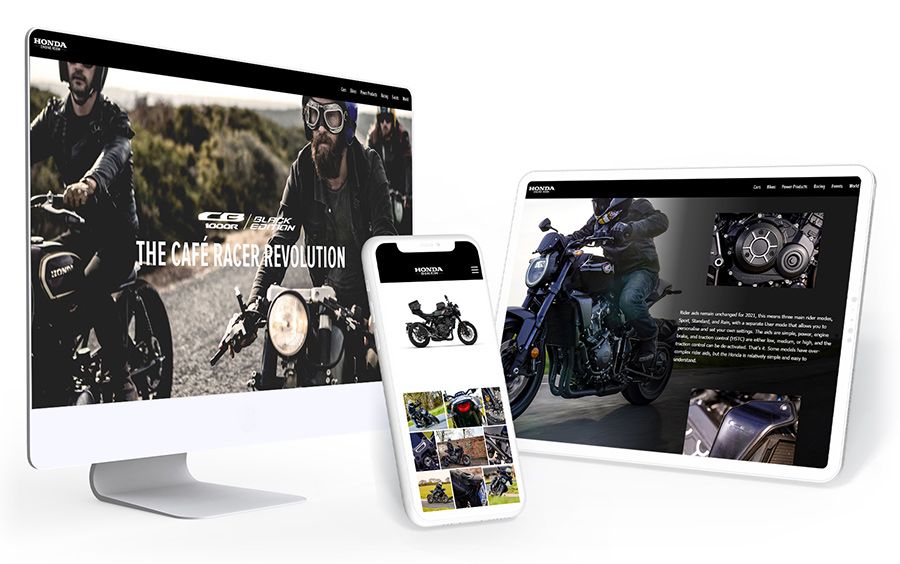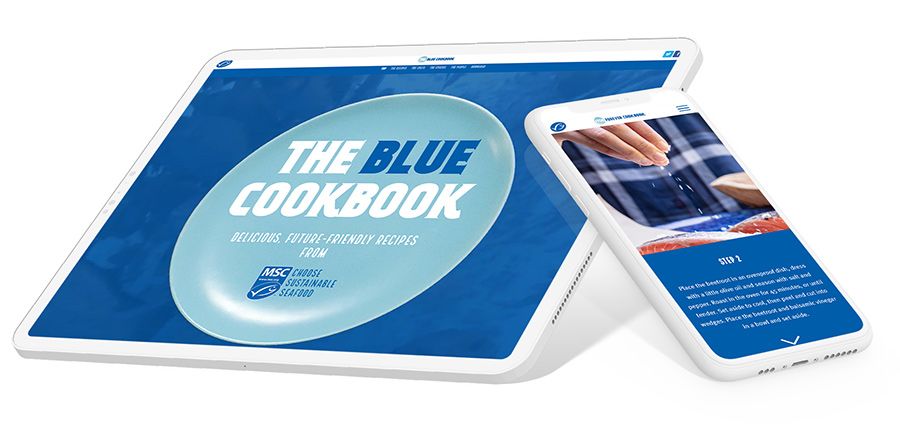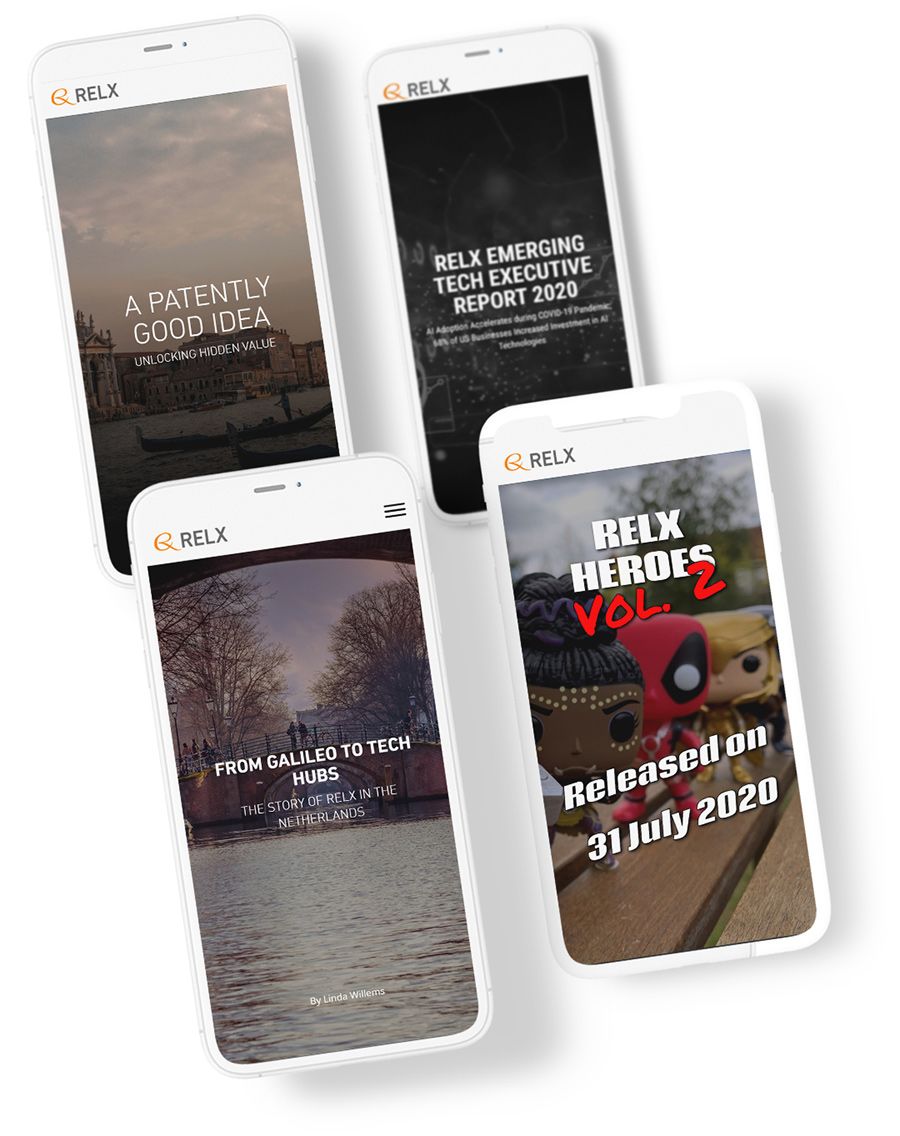Why is digital storytelling so popular?

Content teams love producing beautiful stories. They love delighting readers, and many of them would probably embrace digital storytelling for those reasons alone.
However, few organisations can afford to make strategic decisions based on aesthetic delight. So why is digital storytelling so popular?
In this guide, we look at some of the reasons why organisations are investing in digital stories, and run through some of the broader trends that have quickened the adoption of digital storytelling.
1
Better results

First and foremost, digital storytelling typically provides better results on the metrics that matter. For most content teams, these metrics include time-on-page, bounce rates, and click-through-rates. Because digital stories are designed to sustain the reader’s attention, they generally perform better than generic web content on these metrics.
Depending on the sophistication of an organisation’s analytics and reporting, the performance of digital stories can also be tied to improvements in higher-level strategic objectives, such as increases in revenue.
Take Honda for example

In Honda’s first year publishing digital stories, their dwell time was up 85%, and the click-through rate was up 47%
...or The Marine Stewardship Council’s Blue Cookbook:

Published as digital stories, the Blue Cookbook received nearly 1 million pageviews, and half a million unique users.
With digital storytelling, FTSE-15 company RELX achieved a tenfold increase in reads for their internal communications...

...and saw employee Net Promoter Scores soar by 20 percentage points to record levels.
And then there's Imperial College London:

After nine months of producing digital stories with Shorthand, Imperial College London feature stories have seen 142% higher average unique pageviews and 50% higher average time on page.
2
Competitive advantage

While it doesn't always seem like it, the quality of content published on the web has increased markedly over the last decade. This means that it's harder than ever to rank for competitive search terms. It's also harder to get attention from your audience.
In an increasingly competitive content landscape, digital storytelling allows content teams to produce content that is more visually compelling, more immersive, and better able to sustain the attention of the reader.
3
Brand

One of the great mistakes content teams can make is to focus on quantity over quality. Far too many content teams spread themselves too thin, relying on cut-price freelancers to produce enormous amounts of SEO-optimised, poor quality content.
This is bad for readers, of course, and bad for the web in general. But it also is bad for the brand of the organisation as a whole.
As we mentioned in section two, content is often the first interaction a person has with your brand. It is imperative that your team focuses on making this first experience as impactful as possible.
This is where digital storytelling is so powerful. Digital stories set themselves apart from ordinary CMS content. They are better to read, better to look at, and more interactive and engaging. For many organisations, this first impression is invaluable.
4
Scale

There is nothing new about impressive content experiences on the web. As developers often say, ‘anything is possible with time and money.’
But let’s face it: for most pieces of content, most of the time, a six-figure investment in development and design doesn't make a lot of sense.
This is the critical innovation of digital storytelling platforms. By automating the hard stuff, and offering easy-to-use templates and no-code creation options, digital storytelling platforms allow content teams to produce amazing looking stories at scale.
This means that organisations can enjoy the economies of scale that come with producing many digital stories on a single subscription. This allows digital storytelling to become central to your content strategy, rather than a peripheral one-off.
Content trends

In the above section, we covered some of the immediate reasons why organisations invest in digital storytelling. But what else is driving the rapid adoption of digital storytelling?
In our analysis, there are four key trends to consider.
Trend one: Technology change
This first trend is an obvious one.
Digital storytelling is only possible with fast internet, powerful web browsers, and speedy devices. Without any one of these three technologies, digital stories would not be widely produced, published, and read on the web.
Trend two: The attention economy
It is now generally accepted that we live in an ‘attention economy’ — that is, an economy where an enormous amount of activity is targeted at securing the attention of consumers.
One part of this economy is our devices, which have been consciously designed and engineered to capture our attention. This carries through to the design of the apps that live on those devices, and the content that surfaces on those apps — particularly social media.
This content tends to be ‘snackable’ — that is, extremely short and superficial — following the thesis that people have become fundamentally unable to concentrate on anything for more than a few seconds.
Digital storytelling emerges as a partial corrective to this trend. Digital stories go out of their way to immerse readers in content, and capture and keep their attention for more than a few seconds at a time.
Trend three: Quality
For many years, the dominant trend in content has been to simply produce a lot of stuff. Taking the lead from journalism — where rapid outputs have been increasingly prized — many content teams have created mini-publications within their corporate websites.
Some of this content may have been very well-written. But most of it was destined to sink like a stone — and that's exactly what it did. As content became more competitive, the return on investment for low quality pieces became less and less.
As we’ve mentioned earlier in this guide, high-performing content teams have learned that publishing a smaller number of high quality pieces tends to get better results. By producing fewer pieces, content teams have more time to dedicate to research, editing, and production. This, in turn, has led to more content teams producing digital stories.
Trend four: Owned media.
We’ve said it before: The press release is dead. This doesn't mean that no one creates press releases anymore — but it does mean that content teams can't rely on pro forma press releases to generate free media.
Instead, content teams — especially content teams working in corporate communications and PR — are increasingly investing in high-quality owned media.
In this section of the Definitive guide to digital storytelling, we outlined some of the trends driving the adoption of digital storytelling. In the next section, we’ll dive into the brief history of digital storytelling.
